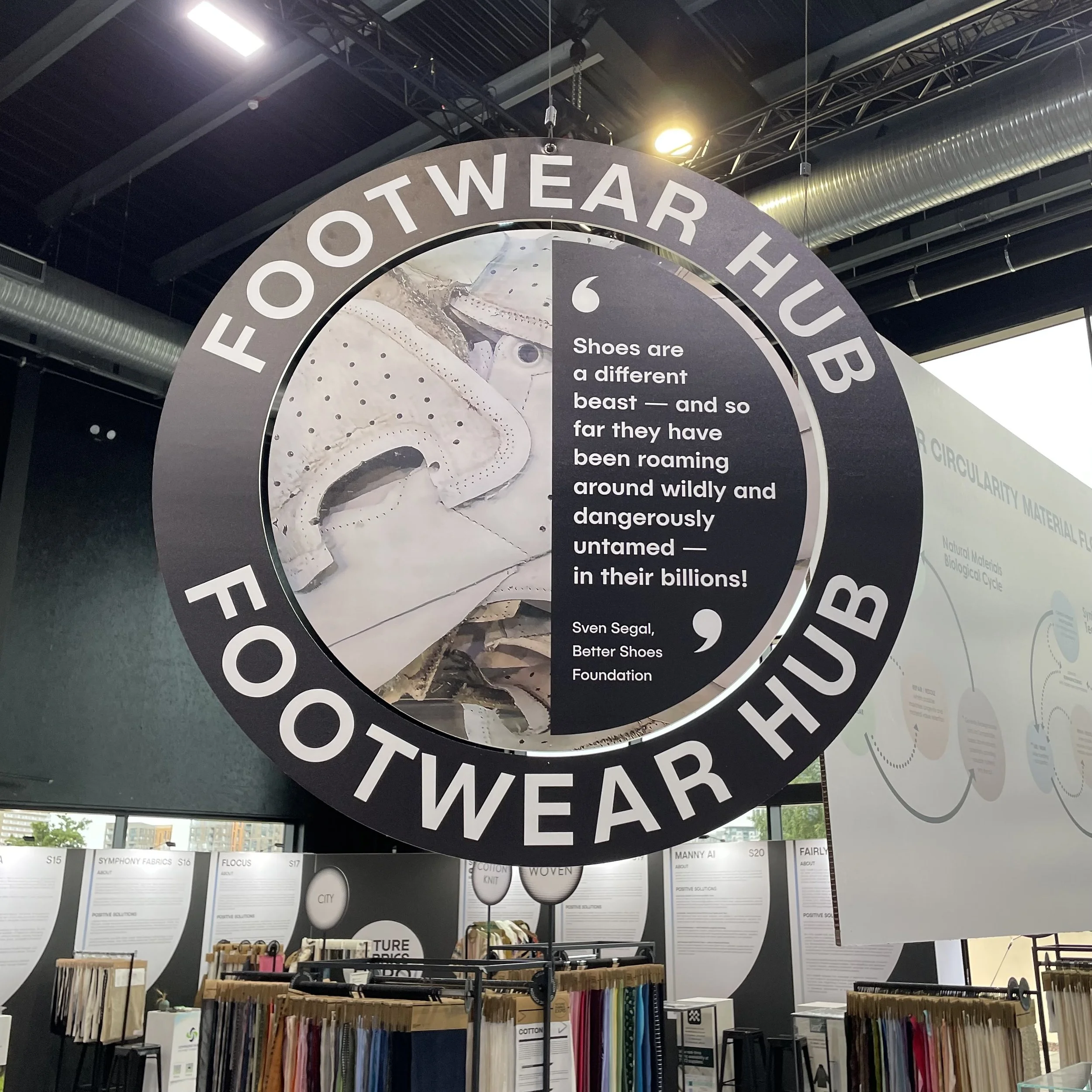INTRODUCTION
You wouldn’t think shoes would be dangerous, would you? But they can be and too often are - for the environment, and for the people who make them.
As the pace of fashion has accelerated in the past few decades, we’ve begun buying more shoes and throwing them away more easily. Traditional shoe-crafting has given way to mass production, eating up resources, creating intolerable levels of pollution, toxic waste, and sending an average of three pairs of shoes per person to landfills every year.
The quest for cheaper and faster production has also encouraged the exploitation of vulnerable workers through long hours, low pay and dangerous working conditions.
Transition to a low-carbon economy
Thanks to consumers demand we are beginning to see an encouraging shift; considered small-scale sustainable shoe start-ups have mushroomed worldwide in the last few years. However, most established brands who dominate the market have so far only made tentative long-term commitments, and in some cases launch a sustainable line that represents a small proportion of their total production.
To tackle climate breakdown and meet the ambitious Fashion Industry Charter for Climate Action targets agreed at COP26, we need a much faster industry-wide shift towards a low-carbon economy. To ensure we stay within the limits of what the planet can sustainably provide, we need better design, better materials, and better business practices that consider the environmental impact as well as worker’s wellbeing throughout the supply chain.
Founded by sustainable shoe design pioneer Sven Segal in 2016 as a not-for-profit initiative, the Better Shoes Foundation’s core purpose is to support and expedite the vital transition towards a climate-friendly economy.
Phasing out harmful practices and accelerate sustainable development should be the top priority across the shoe industry. Our footwear specific sustainability focused open-source platform can be accessed by industry professionals and provide a broad spectrum of practical information, inspiration, and solutions. Working towards a better way of making shoes should ultimately benefit us all - the workers, the consumers, and the environment.
Our open resources
Our main resource is branched into the following six product lifecycle stages:
Covering legislations, standards, certifications, and better design strategies.
Highlighting commonly used harmful materials and in contrast what better alternatives are available.
Exploring health, social and environmental issues associated with shoe manufacturing.
Considering supply chains, transport emissions, and packaging.
Discussing purchase decision making and product care.
Exploring how we can minimise waste and move towards circular economy business models.
Our platform is constantly evolving and is very much a work in progress; we welcome any constructive comments and suggestions in order to make it even better.
After all, the more people who get involved and the more knowledge we can pull together, the greater the impact we can have.
The Numbers
These stats put the scale of the problem into context.










